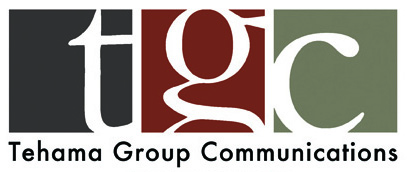Lee grew up in Taipei, Taiwan, before moving to Southern California, where she said she began to miss the environment where "a neighbor would come over to borrow your soy sauce."
After working at San Jose State University and Loyola Marymount University, she took the position of associate vice president for Faculty Affairs at Chico State and has since immersed herself in working with groups of diverse students on campus.
Her love of teaching and conducting research is what made her want to work with both students and faculty, Lee said. Chico State's Diversity Action Plan and emphasis on sustainability are two other key things that drew her here.
Creating more diversity within the faculty is a top priority for Lee. The faculty and staff members at Chico State are predominantly white, but for the first time, minority students make up more than 50 percent of the total student population.

Goals the students set so far include speaking up more in classrooms and among other students on campus as well as implementing Hmong-focused training at leadership conferences.
"Often times people look for role models," Lee said. "People tend to cluster around people of similar backgrounds, and in order for us to be successful providing the best learning environment, it's very important for us to do a better job in retaining and recruiting a more diverse faculty."
This goal stretches to positions in administration, including department chairs, deans, and higher administrative levels, she said. Usually the higher a position gets, the less diversity is seen.
Diversity has a lot to do with unconscious practices as well as systematic inequalities globally, Lee said. With diversity, the goal is to understand and appreciate differences among people, but she wants to start the conversation of equality.
"Is inequality fair? Can people be equal?" Lee asked. "What I'm trying to say is one of the most important concerns that really drove me over the years is the desire to accomplish equality. Diversity is a good way of getting at it, but it is not far enough to let us make sure everyone has the same chance, the same starting point."
If people don't have the same opportunities, Lee said, it's up to society to provide the support to allow all groups to have an equal playing field.
Her views on diversity and equality manifested during her first experience with social issues, she said. A group of Jesuit priests were slaughtered in El Salvador in 1989 by the Farabundo Martí National Liberation Front, a left-winged political party made up of five guerilla organizations. After this, talks began in San Francisco about justice, immigrant rights, and the role of American government on foreign issues.
While she was not Catholic, Lee attended mass with a friend after the murders, she said. At first she called herself a "happy bystander," and then, a very avid audience member within the group.
"When certain things touch you emotionally, you don't forget," Lee said.
This experience allowed her to gain perspective on what she wanted to do to help people, and she made a commitment to take what she had learned and apply it in her work to make a difference, she said.
Today, Lee has plenty of projects on her plate, as she works with other faculty and student groups. In November, she and several other faculty members on campus began the Sister Outsider reading and discussion group, which is open to 28 students and faculty members and allows members to come together to discuss the work of minority authors.
These projects are how she addresses issues surrounding diversity, Lee said. People need to collaborate on projects together rather than just being what she calls "hi and bye surface acquaintances." This way, campus groups can go beyond visual diversity and find strength in their differences.
Lee began looking at faculty development rates of retention and recruitment, she said.
"We recruit well and we recruit responsible, and once we do a good job recruiting, we need to retain faculty well," Lee said. "These are key to great success for students of high-diversity backgrounds."



